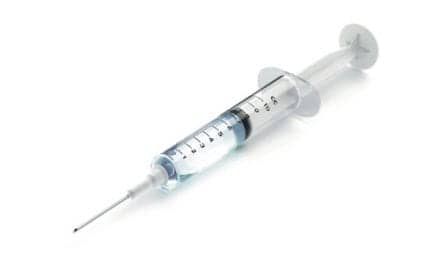A research team led by a Massachusetts General Hospital (MGH) physician has developed a lightweight, portable system that produces nitric oxide (NO) from the air with an electrical spark.
Investigators designed and built two prototype systems: one in which the NO generator is an “offline” system generating gas that is delivered into a ventilation system via tubing; and a second “inline” system that is incorporated into he ventilation system in a manner that synchronizes the generation of NO during inhalation with the pulsed delivery of oxygen and other gases to be inhaled.
The MGH news release notes that a series of experiments helped the team determine the best metal to use for the electrode, which was determined to be iridium, and the optimal timing and number of electric sparks. Testing in an animal model revealed that the electrically generated NO created by both systems was as effective as tank-delivered gas in relieving pulmonary hypertension. Though the gas mixture containing 50% oxygen produced the highest levels of NO, the amount produced from ambient air was sufficient for therapeutic use, according to MGH.
Both systems continued to deliver therapeutic levels of NO for up to 10 days, and subsequent experiments with the inline system not included in this paper have continued for up to 28 days, as indicted on the MGH news release.
Warren M. Zapol, MD, senior author of the report published in Science Translational Medicine, states, “Our new system can economically make NO from the nitrogen and oxygen in the air using only small amounts of electric power. This device could enable trials of NO to treat patients with chronic lung diseases and certain kinds of heart failure and would make NO therapy available in parts of the world that don’t have the resources that are currently required.”
Richard Channick, MD, director of the MGH Pulmonary Hypertension Program, says, “This advance has great potential for our patients. If proven safe and effective, electrically generated NO therapy will greatly enhance our ability to treat many forms of pulmonary hypertension.”
Source: Massachusetts General Hospital









